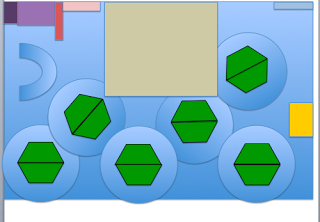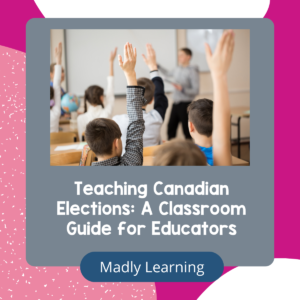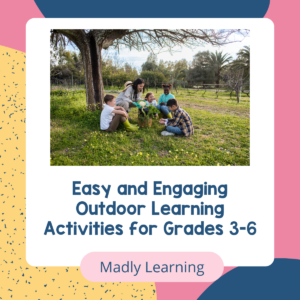
Are you thinking ahead to the start of your school year? Being prepared before school begins always helps me to start the year off on the right foot. But if your don’t know where to begin I will tell you what I do to help me reduce my beginning of school year stress.
1) Long Range Plan
This is the most important thing that I do that helps me to be organized school year. I remember my first year teaching I was not teaching one day and was full time teaching the next after the contract teacher had to leave. With no plan I was constantly playing catch up never really knowing where I was going or how I was going to get there. I learned a very important lesson – Planning is Key!!! Whether or not you know what grade you are teaching or if you are a supply that might get a short term position, having an idea of what you might teach is very important. My long range plans are refined every year and try to reflect the lessons I learned the previous year.
2) Organizing your Classroom
How your physical space looks and feels is important to consider. You need to think about zones in your classroom. I start in my classroom by having places for each subject. I have a bulletin board for each subject and shelving I found unused around the school to hold objects used for that subject. My Language goals are behind my guided reading table, math manipulatives beside my math board, and classroom library next to my literacy board. When you always have the same subject in the same place students quickly learn where to look for information needed for each subject. I also spend some time planning the physical layout of my classroom. I painstakingly measure all of my large pieces of furniture and the size of my room. Then I open up powerpoint and make each of the large objects in my classroom. I choose a scale that works usually 1m = 2.5cm. This is a picture of my classroom for September. I have moved to tables and due to the large number of students have made room by putting my desk in the top corner. This helps me to save some time and plan out the layout of the room so that I am not forever moving furniture around the week before school starts.
3) Movement
Look at your classroom plan. How will students move around the classroom?
- When they walk in the room in the morning where will they go?
- Where will they hand in their work?
- Where will they line up?
- How will they move from whole group instruction to small group instruction?
- Where will you sit and will you be able to see all students working? Sightlines?
- Where will you drop off your stuff when you come in the room each morning?
Once you have checked your classroom plan and the movement plan you can be confident that your layout should work. However test it out live in your room. Make sure that reality works with your envisioned plan.
4) Label, Label, Label
I label everything!!! I label my cupboards, student lockers, groups, book bins, book box shelves, book boxes, student books. You name it and I label it. This helps everyone know where everything belongs. I even label my students. While not really but I do give them numbers so that it helps to keep their things organized when they hand their work in, and when I mark it. So much easier to know whose work is missing when a number is missing. I use a variety of labels to mark my things. I use traditional sticker labels for student books and book boxes. However for labels that I don’t want fading each year I design and print our photos of the labels and then use mack tac to secure them on my book bins, manipulatives, and other objects that need durable labels.
5. What’s the Routine?
Okay this took me a while to figure out. When I started teaching I didn’t realize the amount of planning it took to develop, practice and enforce a routine. I teach junior students I took for granted that by their fifth year of schooling that perhaps they already knew how to do things. I promise you that they don’t. Sure they conceptually know how to line up but they don’t know how you want them to line up. I read in a Whole Brain Teaching handbook that if students are not doing what you want them to do it is because you have not taught them how. Teaching them is more than telling it is telling, rehearsing, and reinforcing constantly. Here are some routines that you need to have planned for the start of the school year. Think through this list, are there things that you would like to change about routines that you have used before? Think through this list and write down what you would like to do for each of these routines. Each of these need to be taught, practiced and reinforced for students.
- How will they enter the classroom in the morning and after each recess?
- How will they handle their agendas?
- Where will they hand in homework?
- How will they go to the bathroom?
- How will they hand in permission forms?
- How will they move around the classroom?
- What will independent work look like?
- How will they walk in the hallways?
- How will they sit in an assembly?









